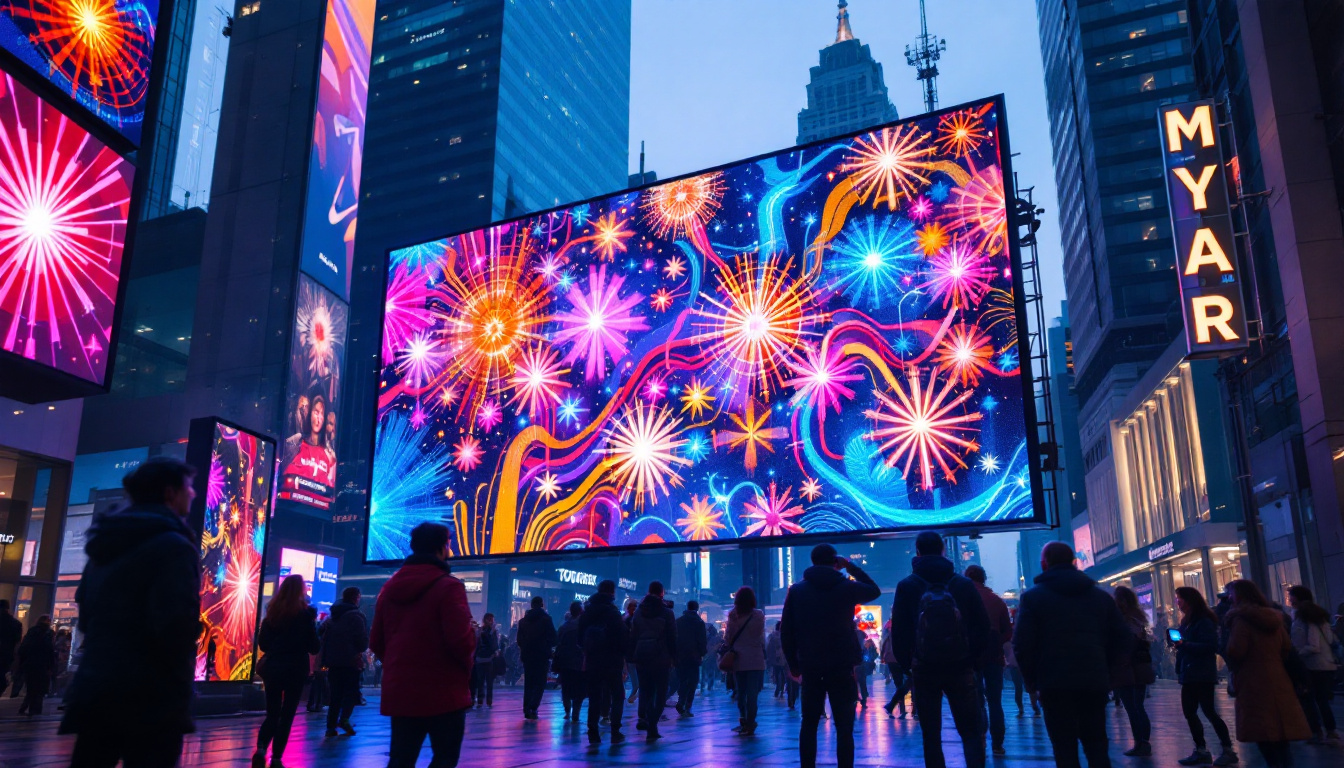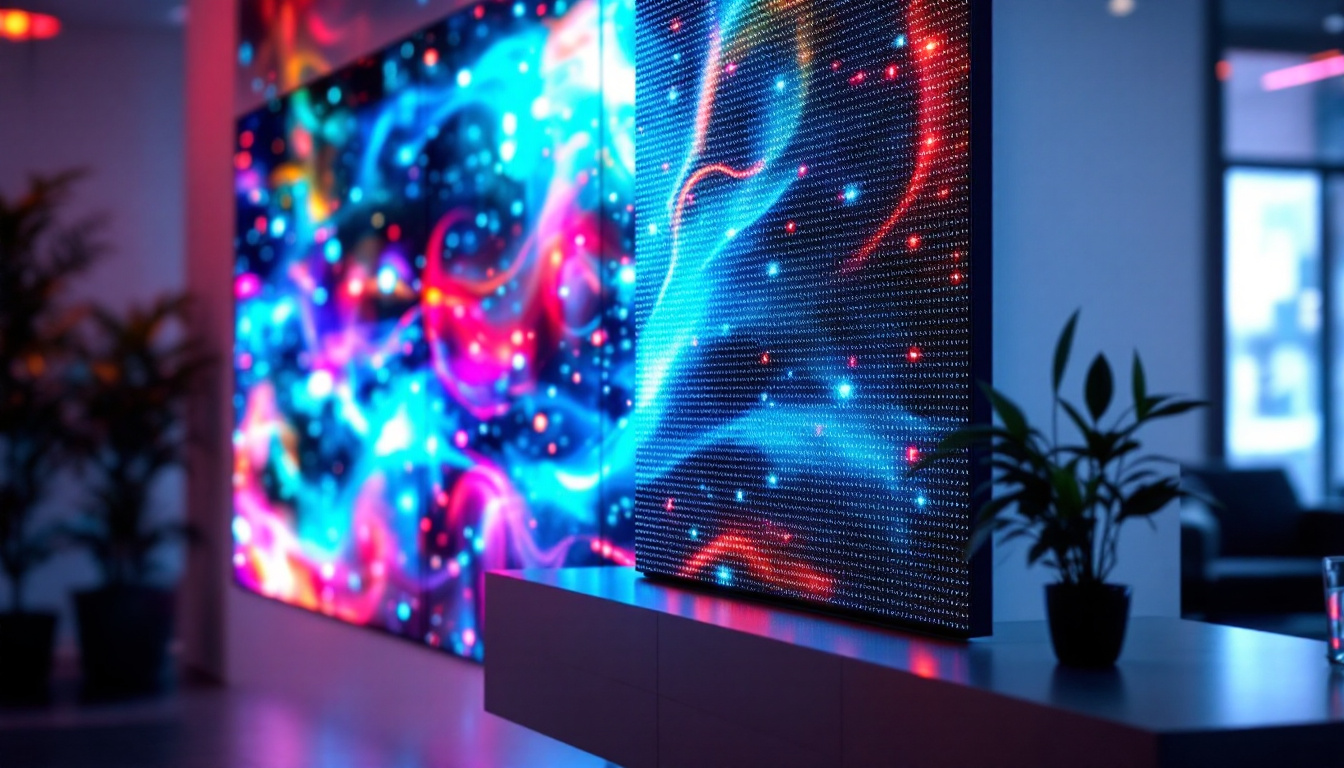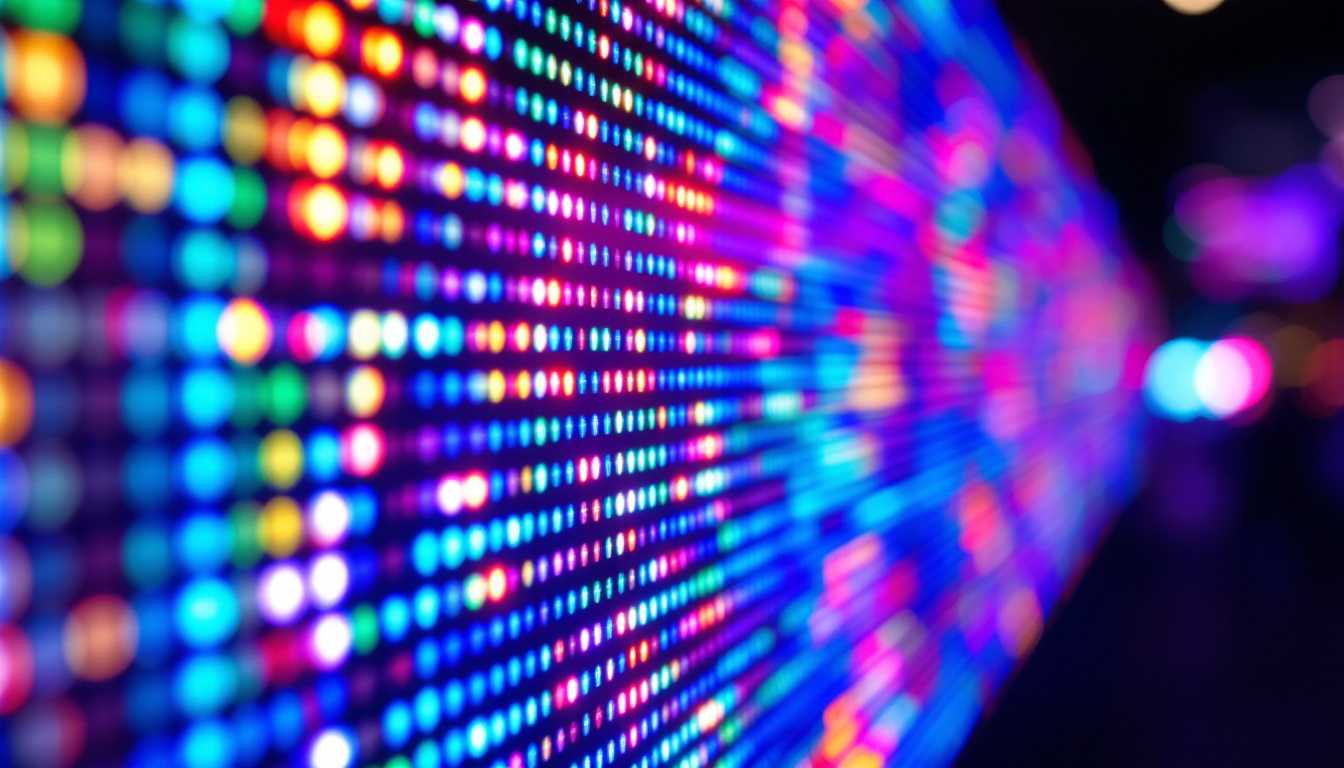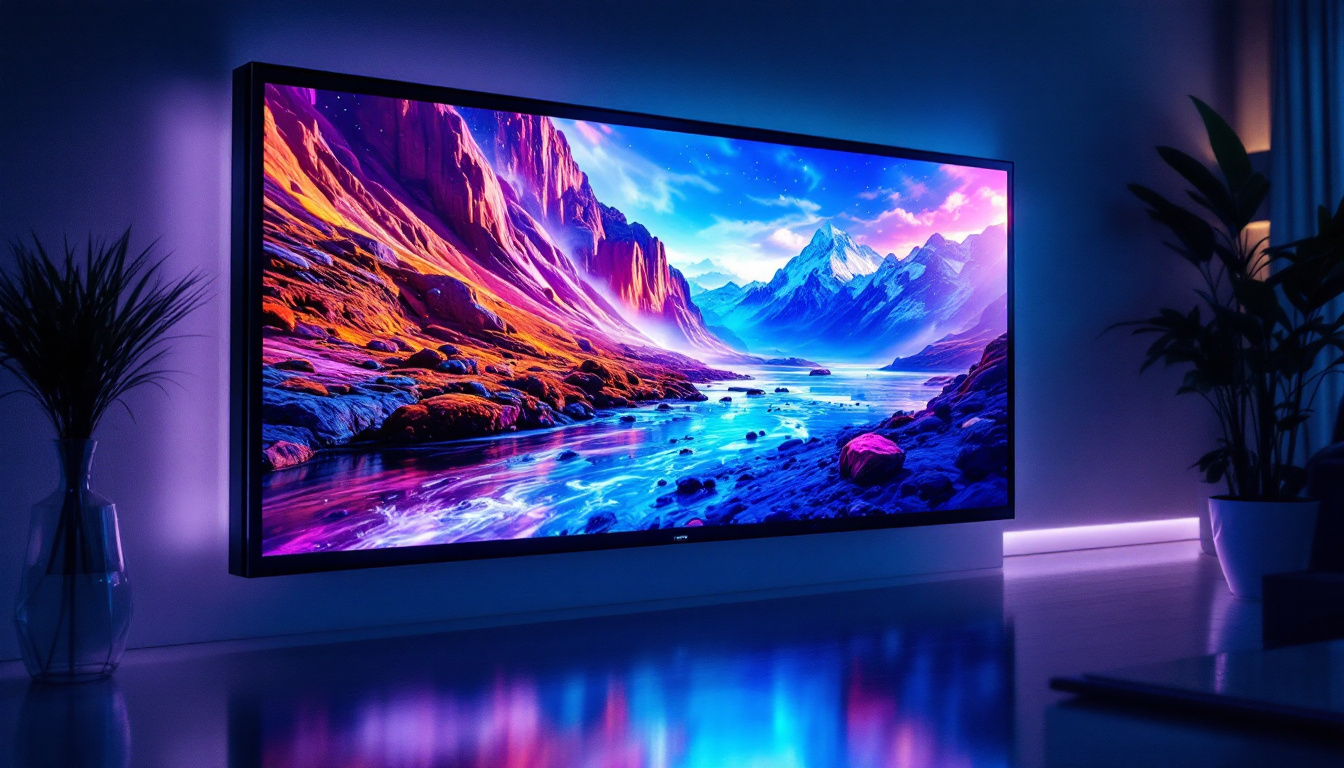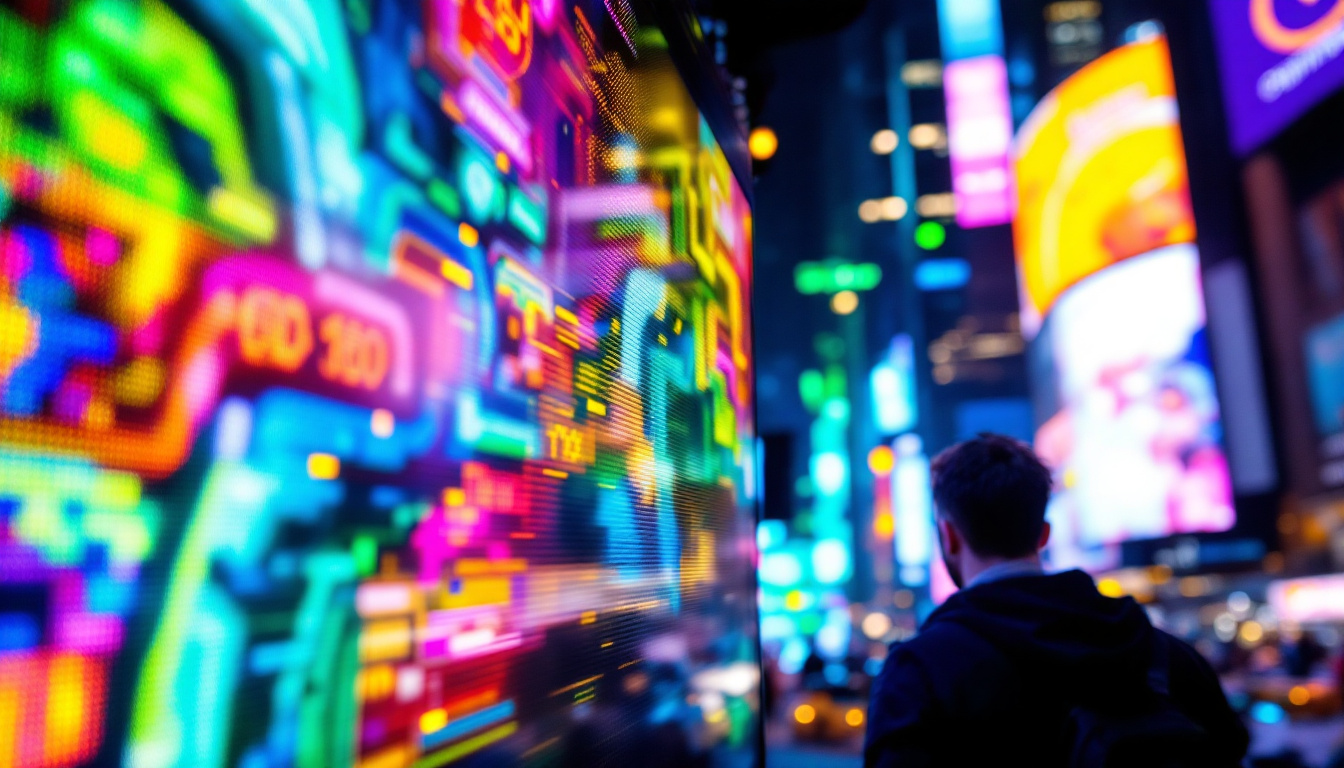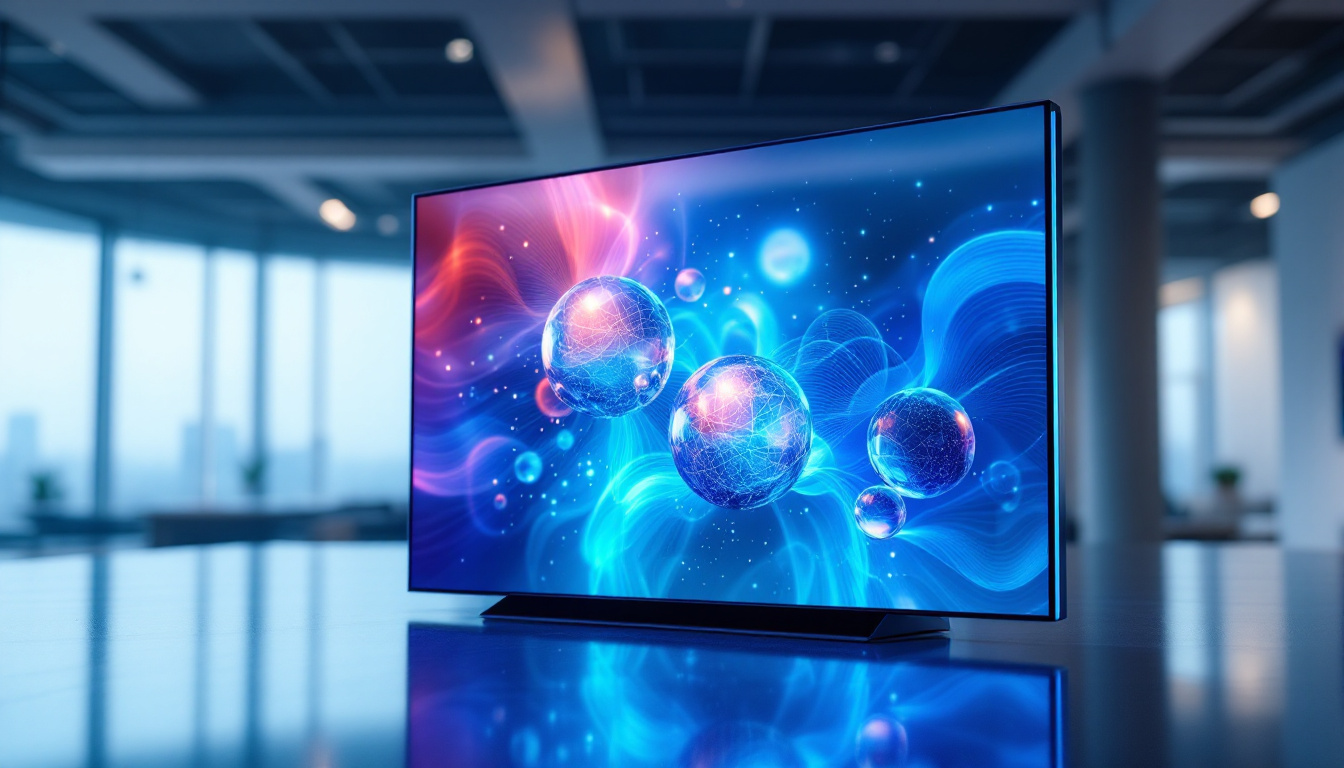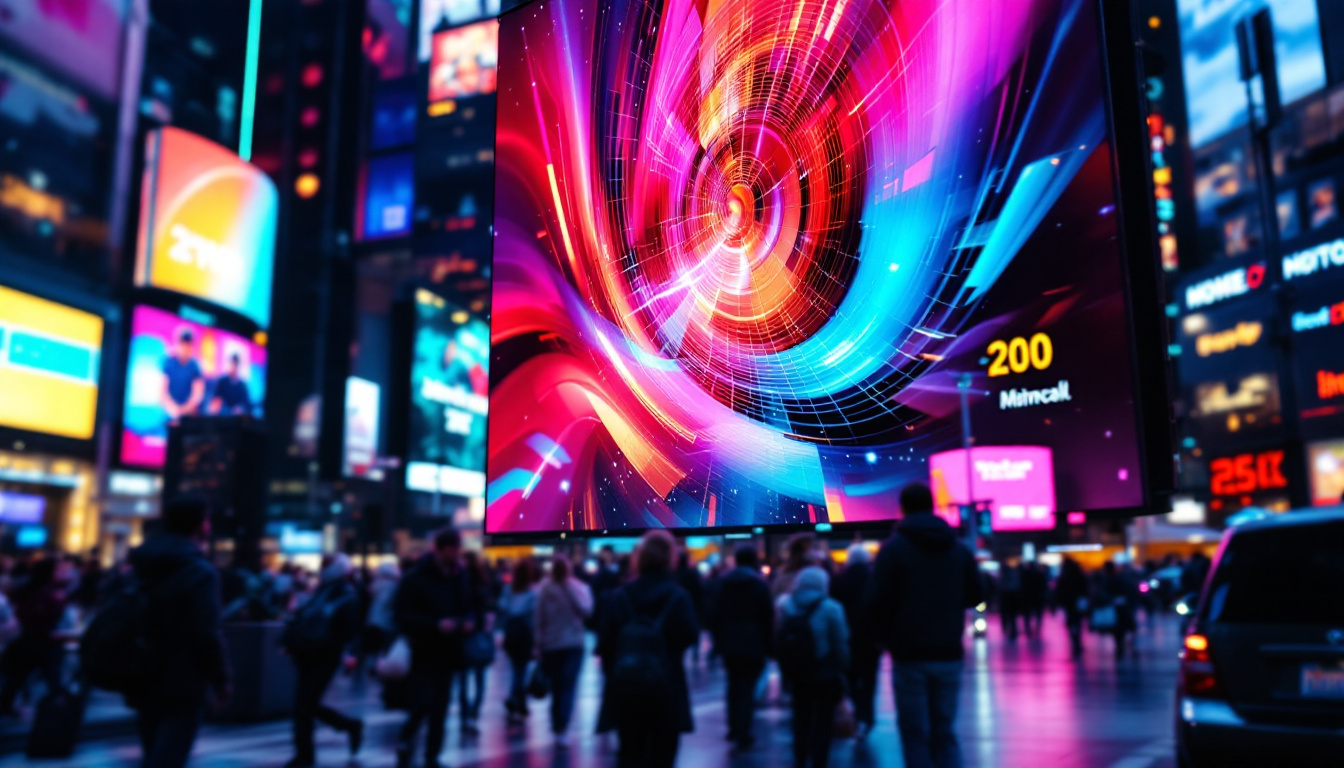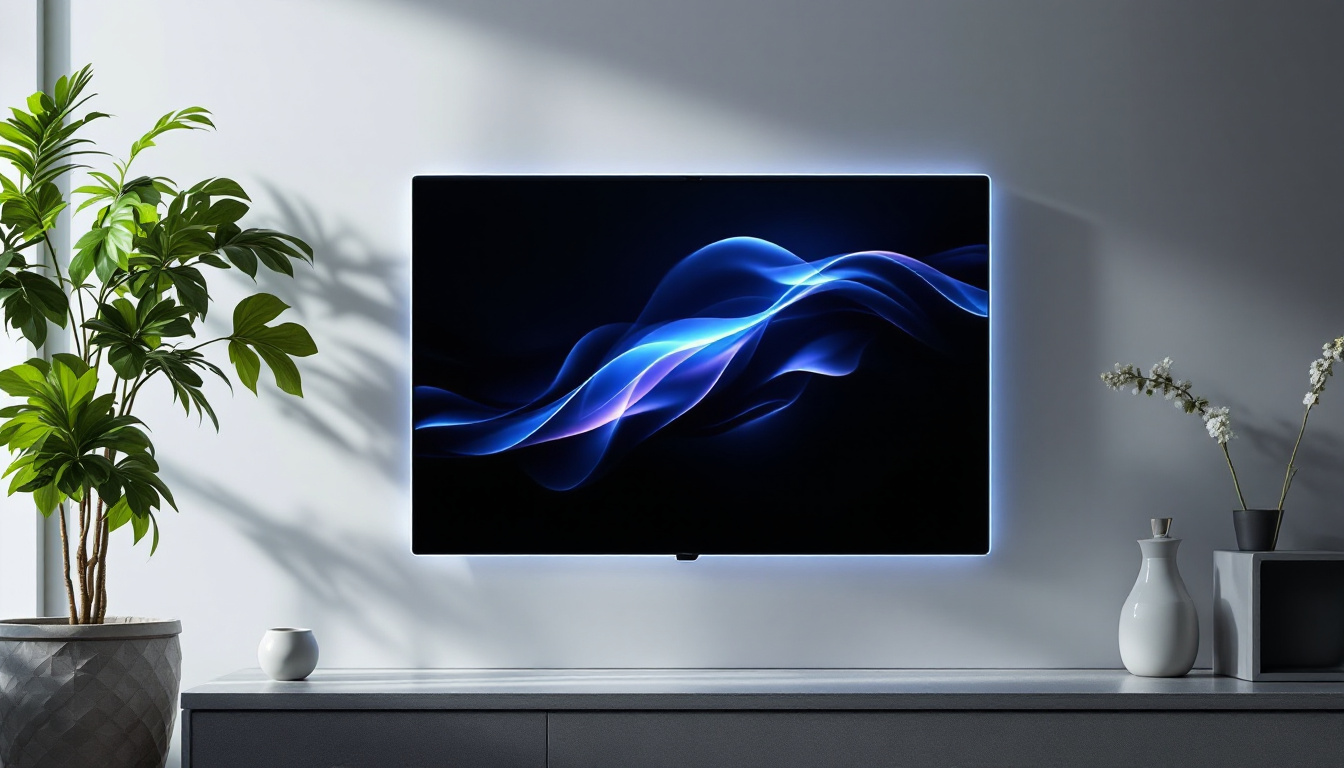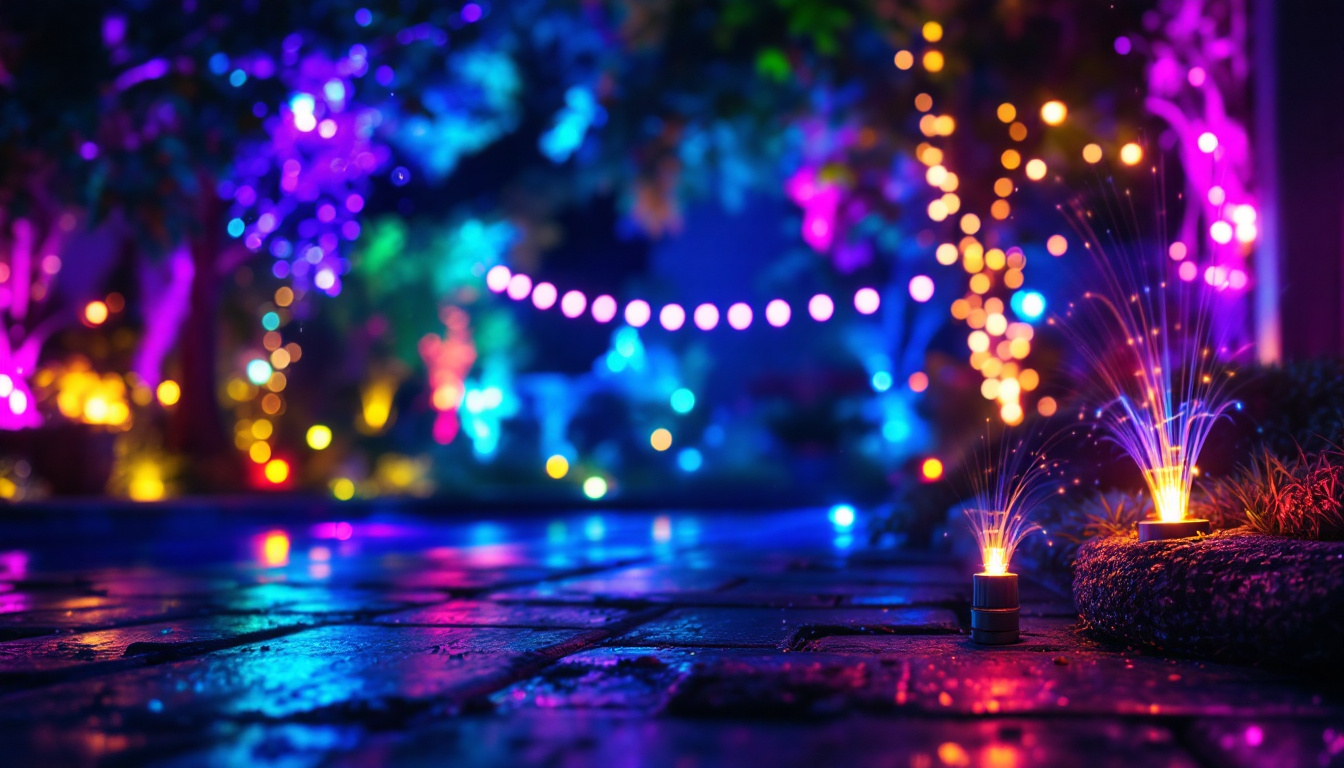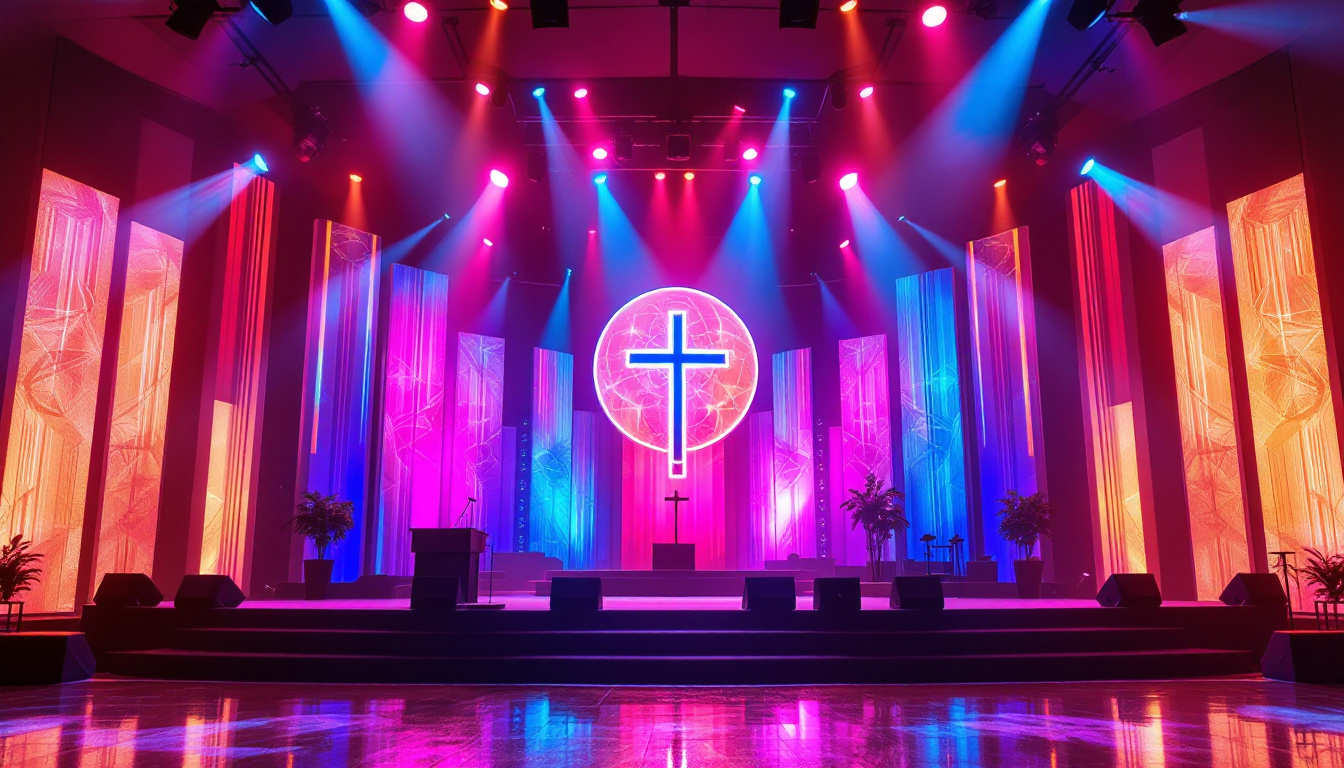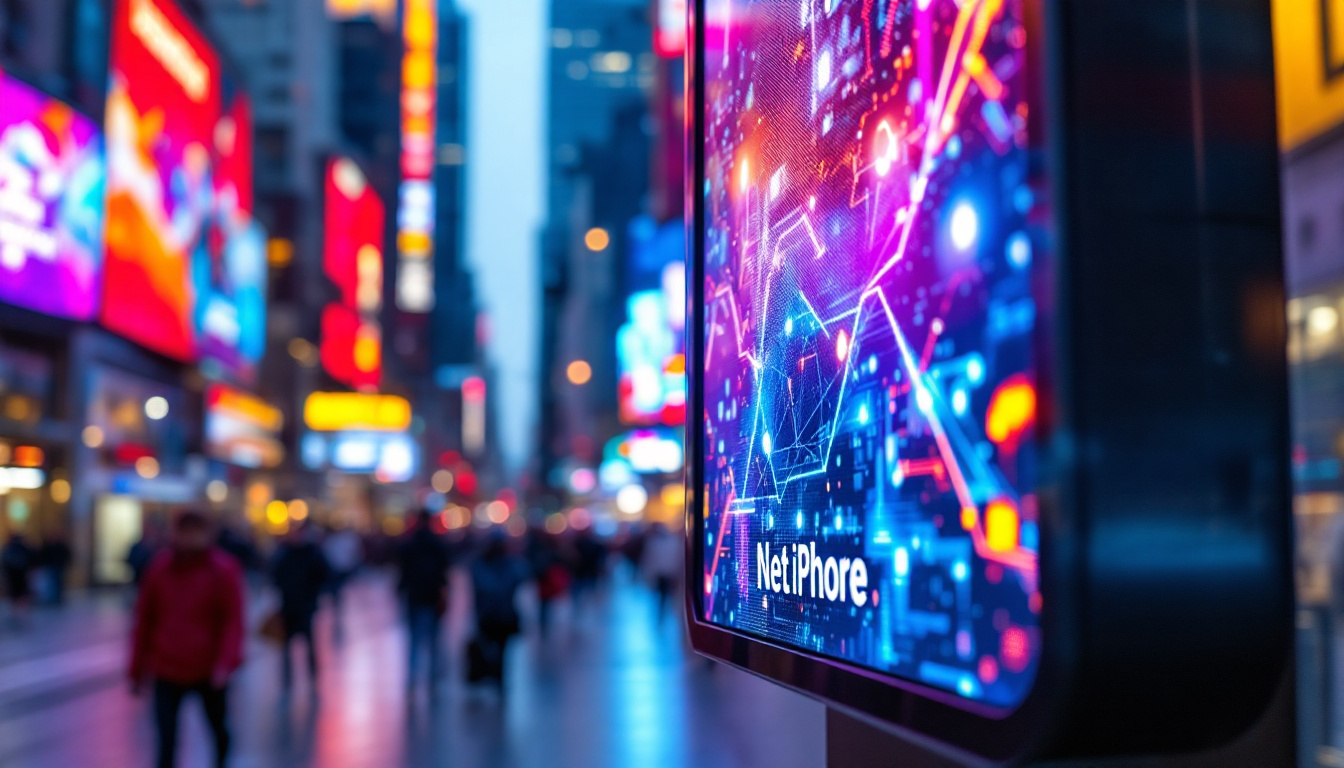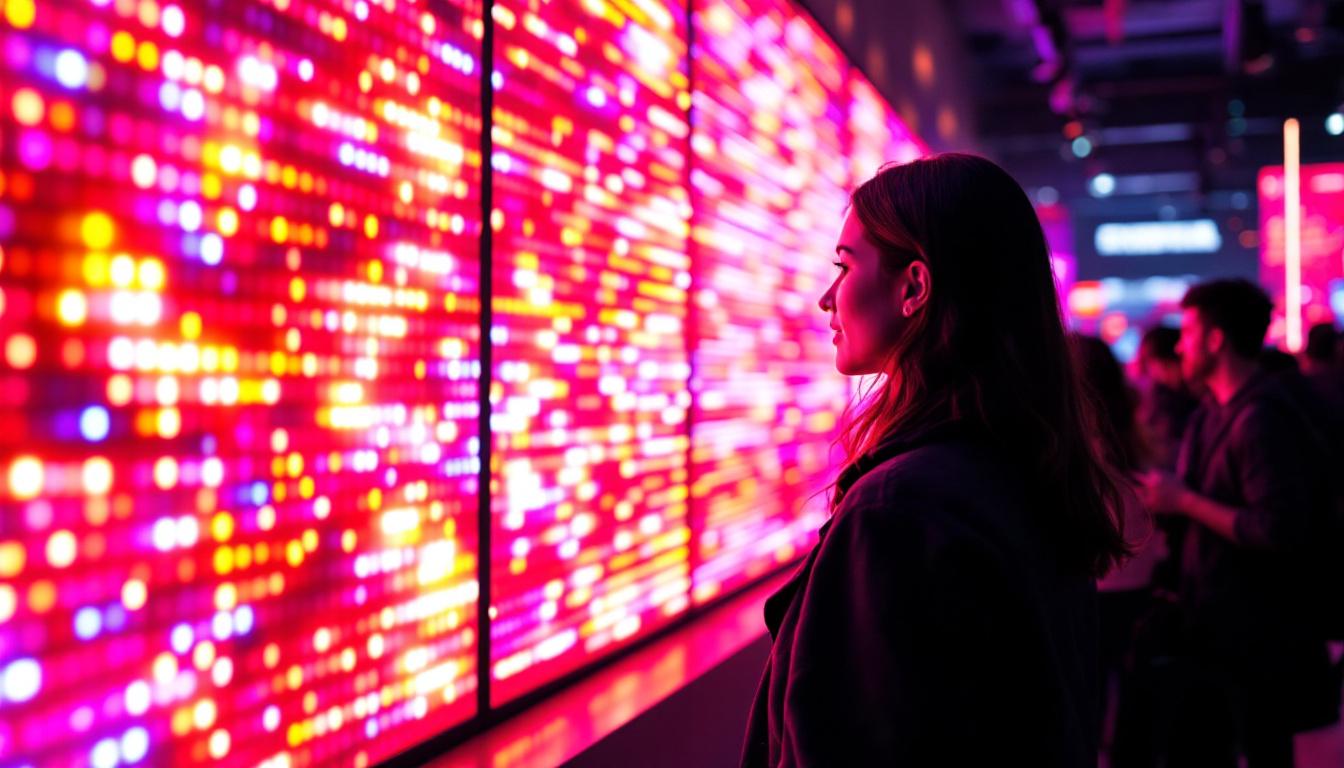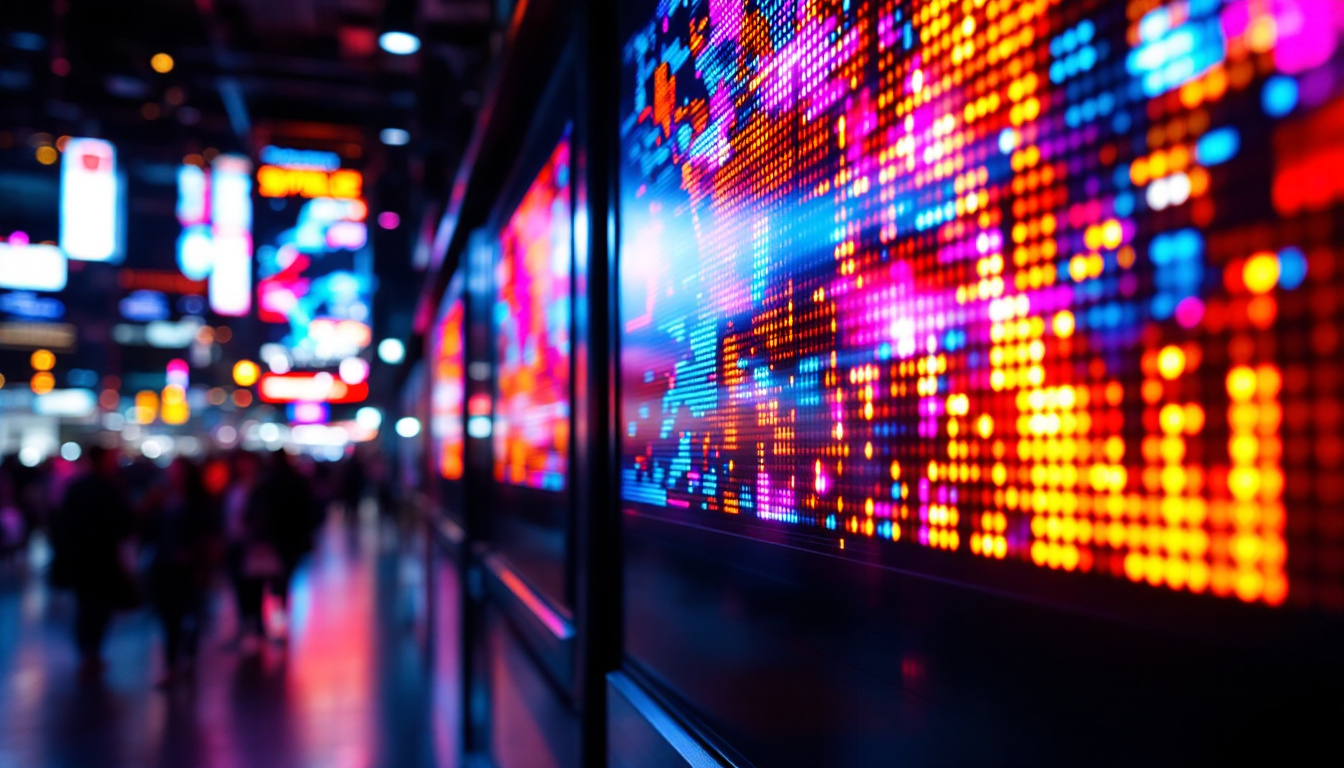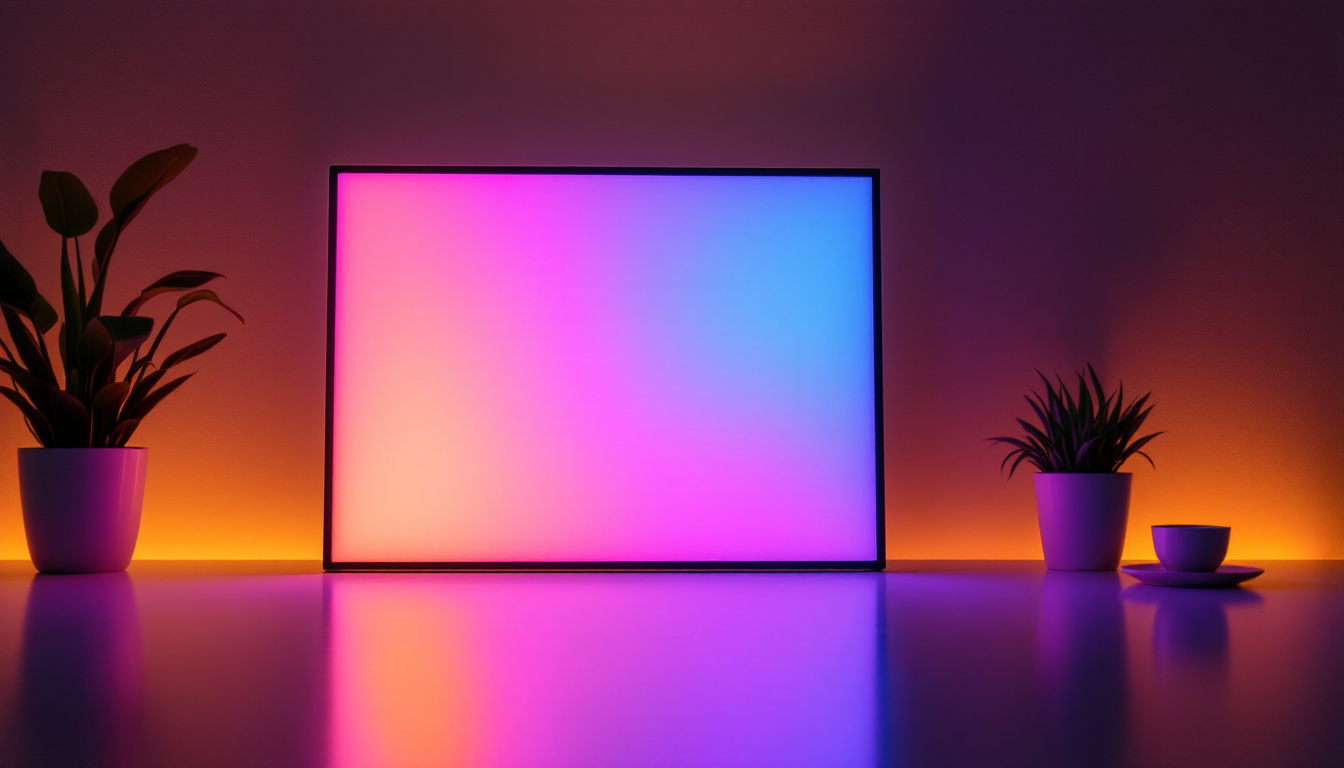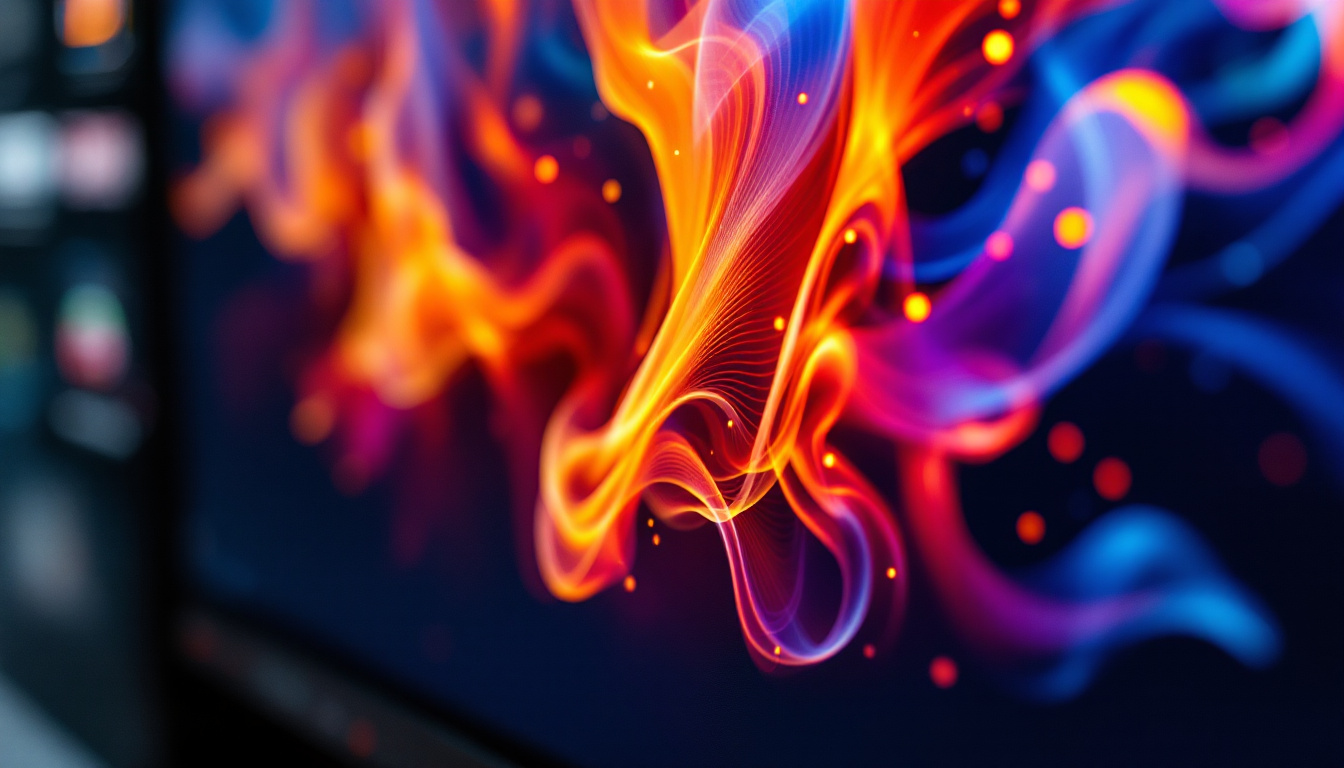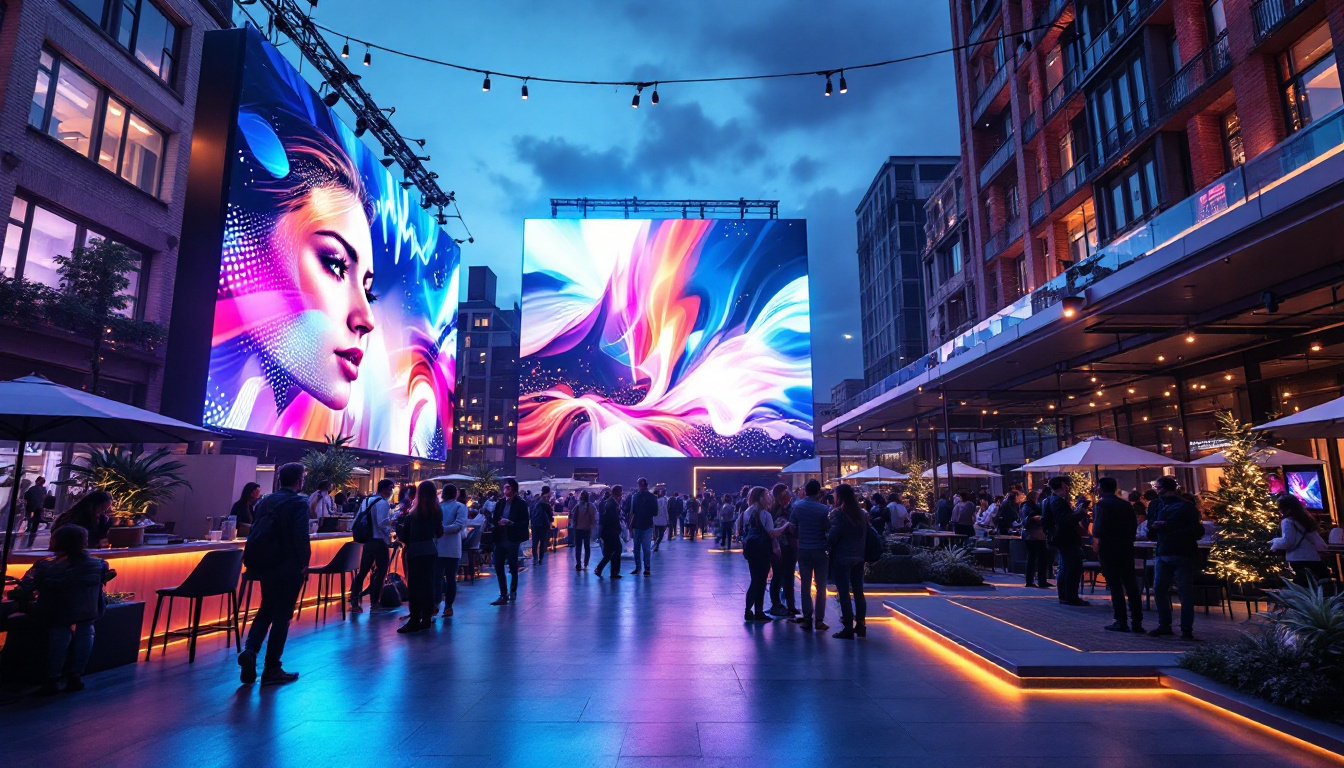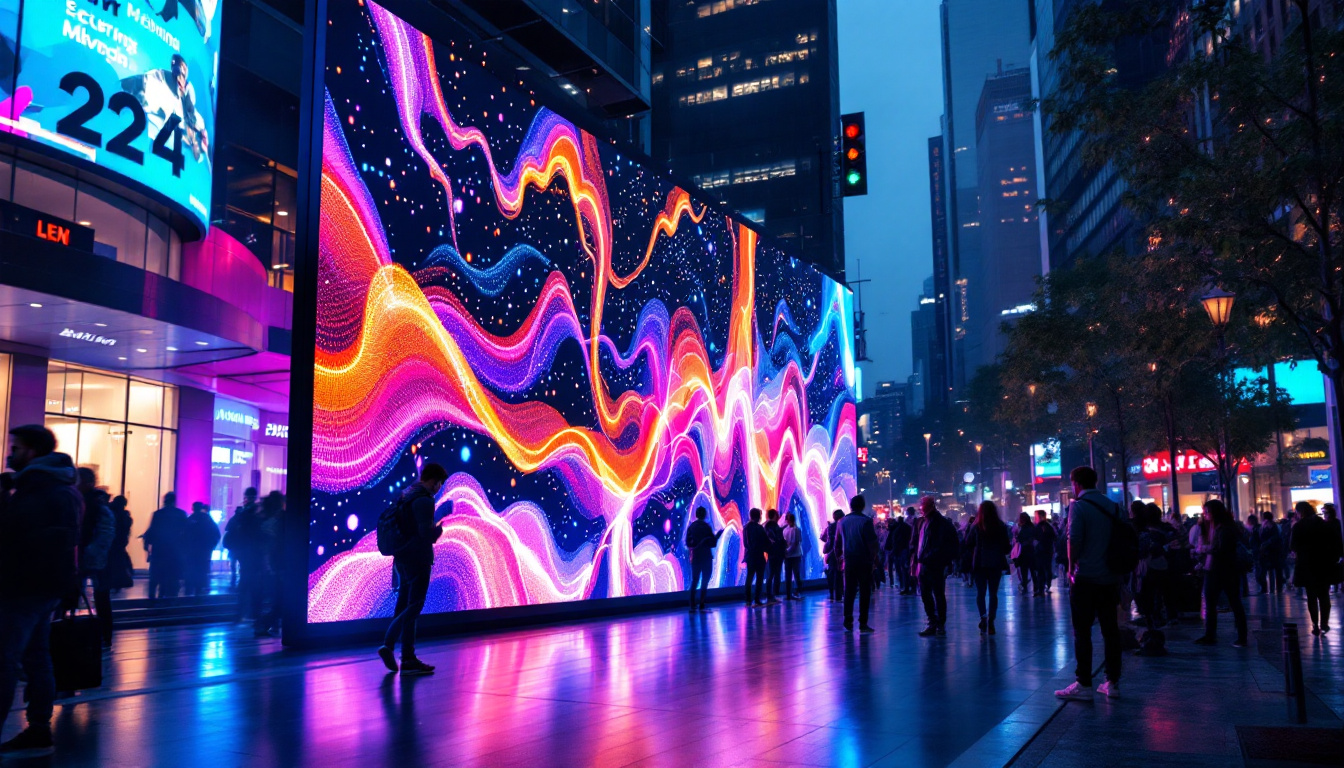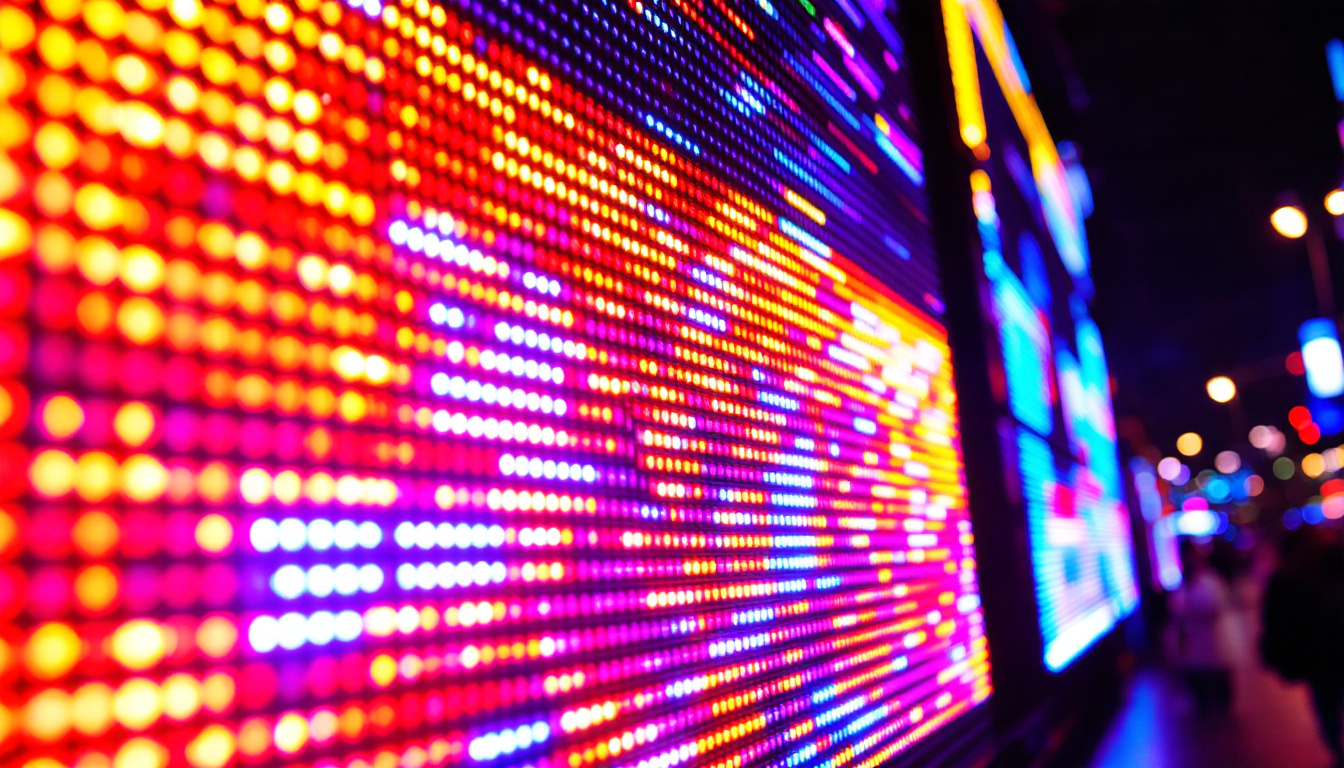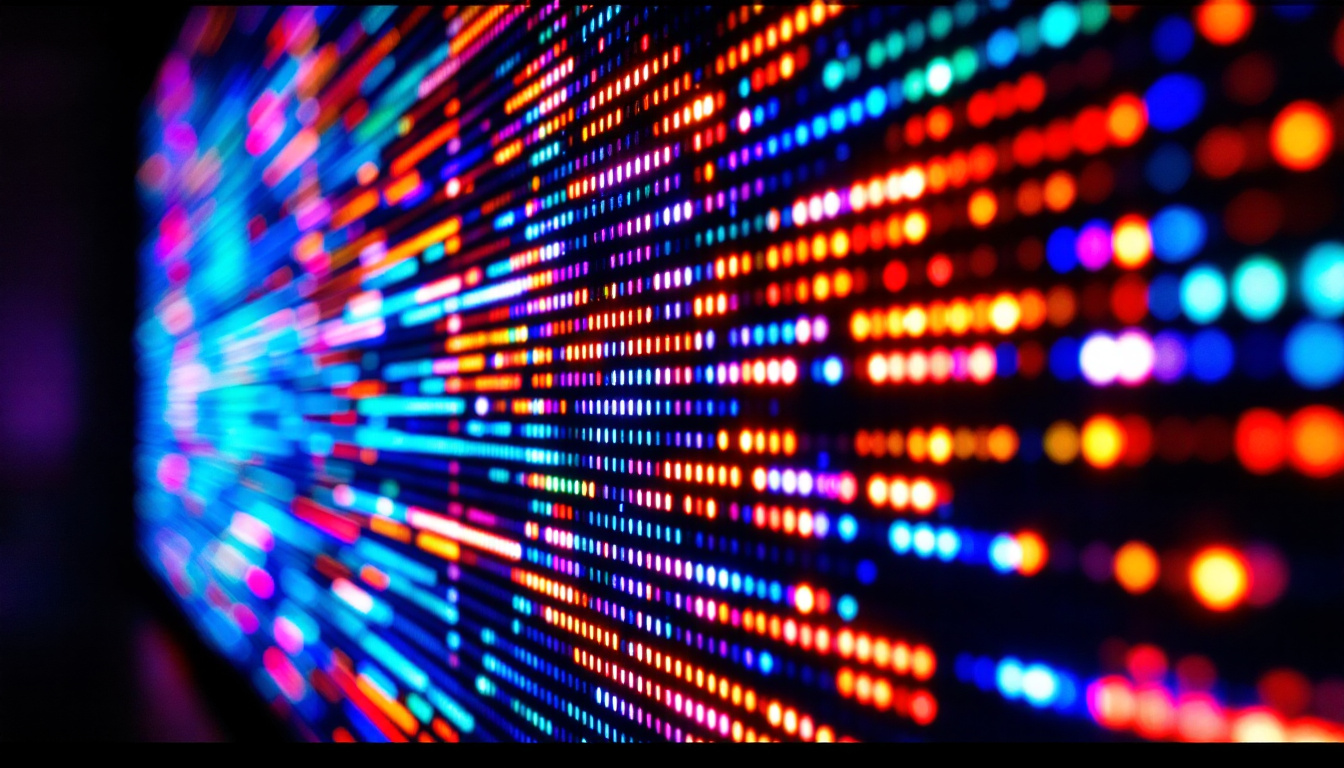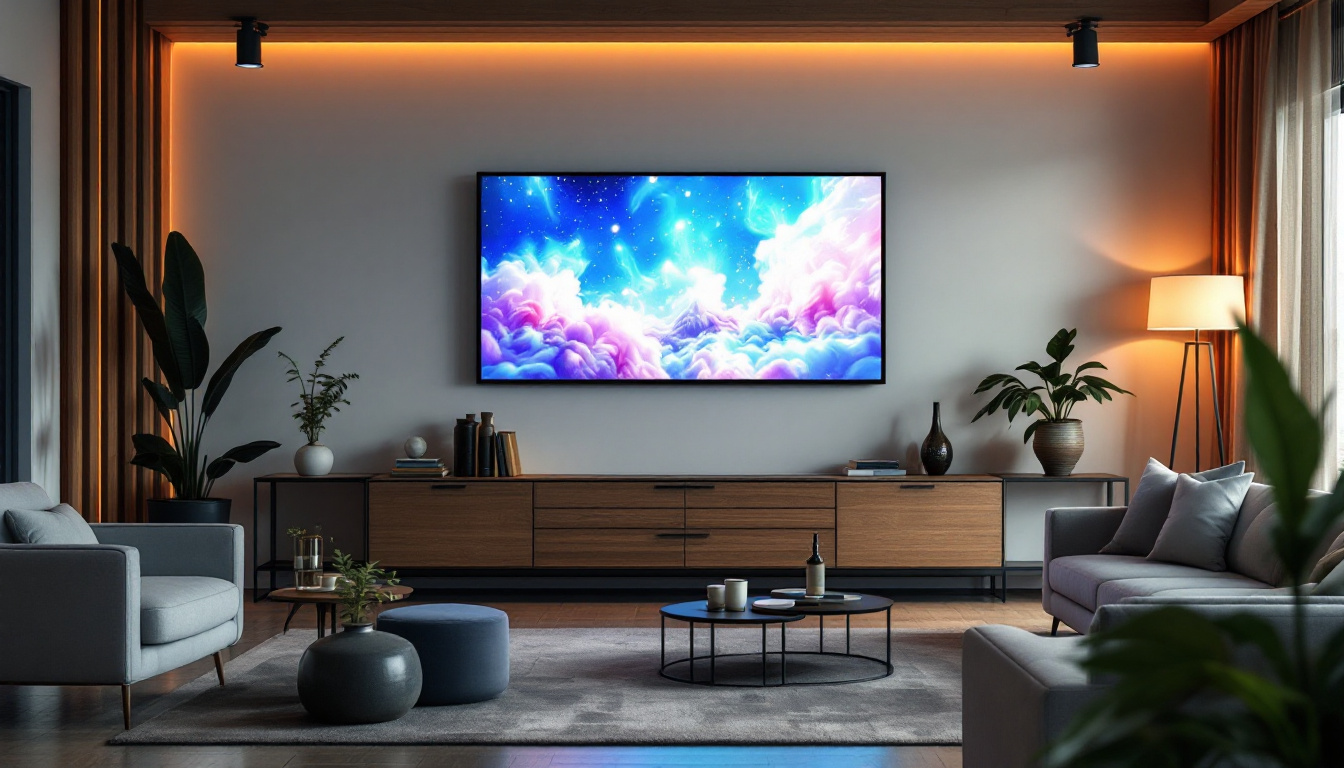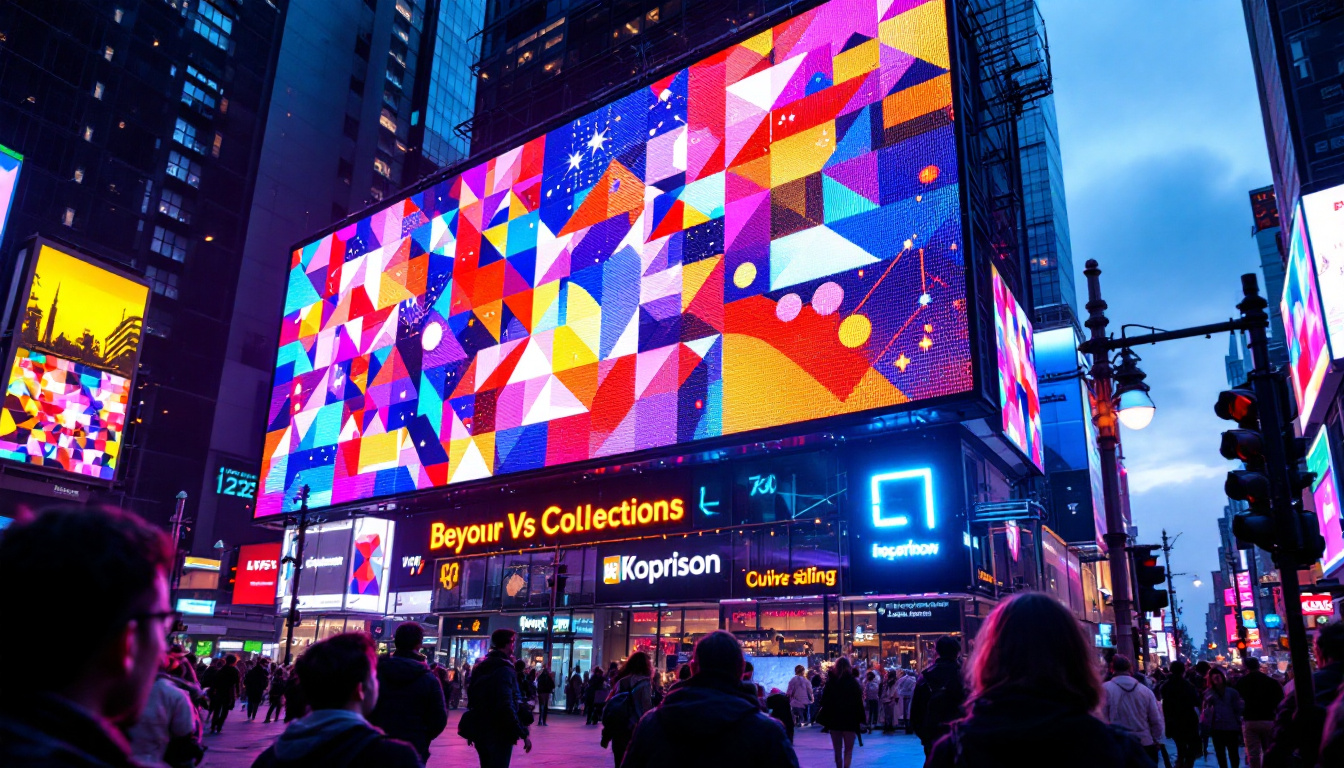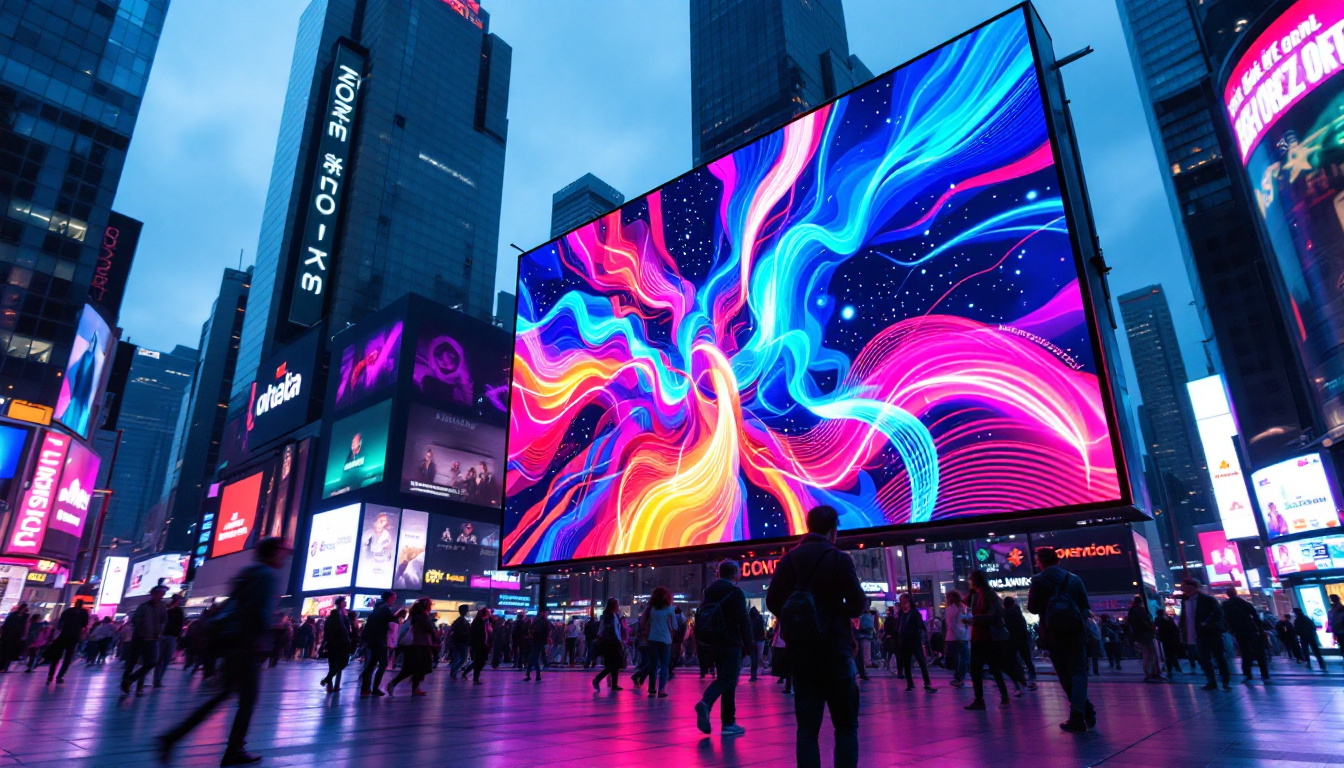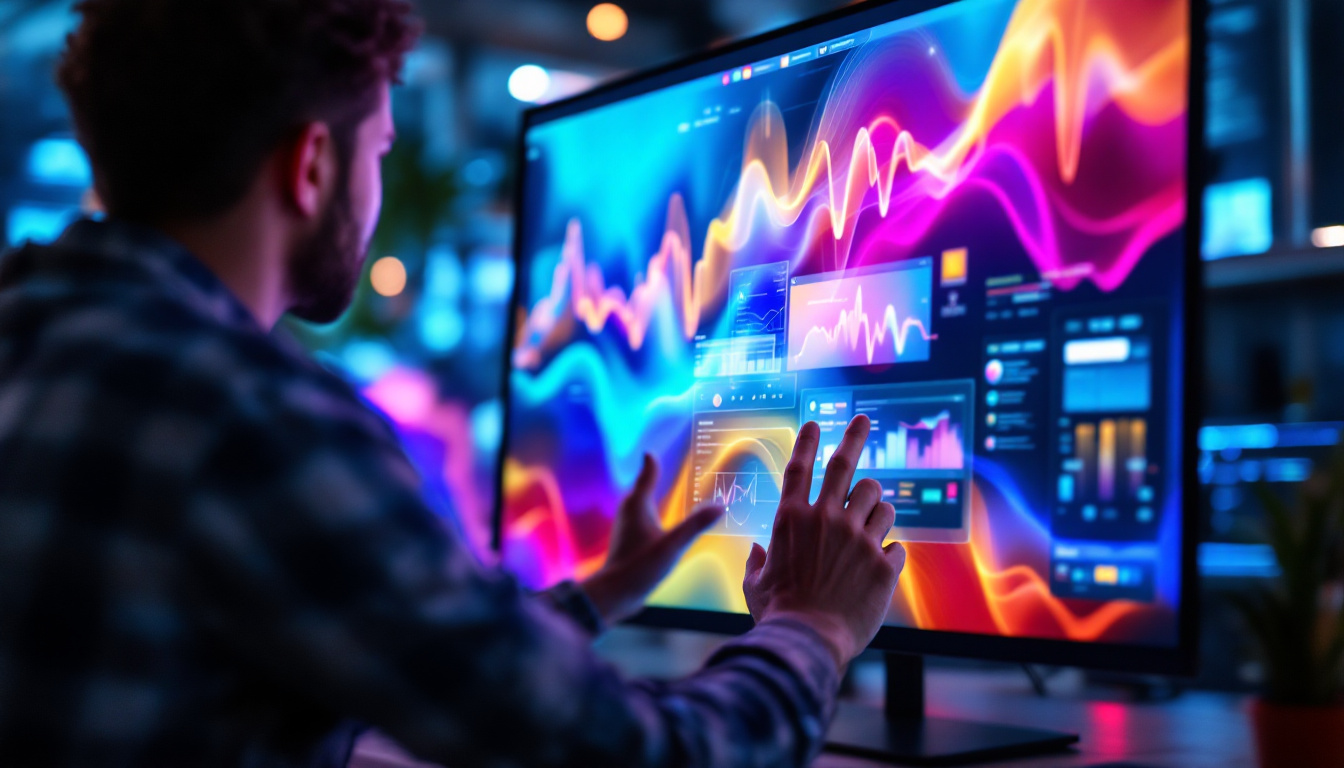In the realm of modern technology, LED displays have emerged as a transformative solution for various applications, ranging from advertising to entertainment and information dissemination. This article delves into the definition of LED displays, their components, working principles, and the myriad of applications they serve. Understanding LED displays is crucial for anyone interested in the intersection of technology and visual communication.
What is an LED Display?
LED stands for Light Emitting Diode, a semiconductor device that emits light when an electric current passes through it. An LED display utilizes these diodes to create visual content, offering a vibrant and energy-efficient alternative to traditional display technologies. The technology behind LED displays has evolved significantly, allowing for higher resolutions and more dynamic content that can capture the attention of viewers in a variety of settings.
LED displays can be categorized into different types based on their structure and application. The most common formats include LED screens, LED billboards, and LED panels. Each type serves unique purposes, catering to various industries and environments. For instance, LED billboards are often strategically placed in high-traffic areas to maximize visibility and engagement, while LED panels are frequently used in retail spaces to enhance customer experiences with eye-catching advertisements.
Types of LED Displays
LED displays can be classified into several types, each designed for specific uses:
- Direct View LED Displays: These displays are composed of individual LED modules that are directly visible to the audience. They are commonly used in large outdoor billboards and stadium screens. Their modular nature allows for flexible sizing and configurations, making them ideal for custom installations.
- LED Video Walls: A configuration of multiple LED panels that work together to create a larger display. These are often used in events, concerts, and broadcasting studios. The seamless integration of these panels allows for stunning visuals that can be synchronized with audio, creating an immersive experience for audiences.
- LED Backlit Displays: This type uses LEDs to illuminate an LCD panel from behind, enhancing brightness and color accuracy. They are prevalent in televisions and computer monitors. The backlighting technology allows for thinner designs and improved contrast ratios, making these displays a popular choice for modern electronics.
Key Features of LED Displays
LED displays offer several features that make them a preferred choice for many applications:
- High Brightness: LED displays can produce bright images, making them suitable for both indoor and outdoor environments. This capability ensures that content remains visible even in direct sunlight, which is crucial for advertising and public information displays.
- Energy Efficiency: Compared to traditional displays, LED technology consumes less power, contributing to lower operational costs. This energy efficiency not only benefits businesses financially but also supports sustainability initiatives by reducing overall energy consumption.
- Longevity: LED displays have a longer lifespan, often exceeding 50,000 hours of continuous use. This durability translates to less frequent replacements and maintenance, making them a cost-effective solution for long-term installations.
Moreover, LED displays are known for their versatility in design and application. They can be found in a variety of settings, from corporate environments showcasing dynamic presentations to art installations that push the boundaries of creativity. The ability to easily update content in real-time allows businesses and organizations to communicate effectively with their audiences, adapting messages to current events or promotional campaigns. This adaptability is a significant advantage in today’s fast-paced digital landscape, where timely information is key to engagement.
In addition to their practical uses, LED displays are also becoming increasingly popular in the realm of entertainment and art. Artists are exploring the medium to create interactive installations that engage viewers in new and exciting ways. The combination of light, color, and motion can evoke emotions and provoke thought, making LED displays a powerful tool for artistic expression. As technology advances, we can expect to see even more innovative applications of LED displays across various fields, further enhancing their role in our daily lives.
How LED Displays Work
The operation of an LED display is based on the principles of electroluminescence, where a semiconductor material emits light when an electric current is applied. The display consists of numerous tiny LEDs arranged in a grid, each capable of producing red, green, or blue light.
By adjusting the intensity of each color, a wide spectrum of colors can be created, allowing for the display of complex images and videos. The combination of these primary colors in varying intensities results in the formation of full-color images.
The Components of an LED Display
An LED display is made up of several key components:
- LED Modules: The building blocks of the display, each module contains multiple LEDs that work together to produce images.
- Control System: This system manages the content displayed on the screen, processing signals from video sources and adjusting the output accordingly.
- Power Supply: LED displays require a stable power supply to function effectively, ensuring consistent brightness and performance.
Driving Mechanism
The driving mechanism of an LED display is crucial for its performance. There are two primary driving methods:
- Constant Current Driving: This method maintains a consistent current to each LED, ensuring uniform brightness across the display.
- Pulse Width Modulation (PWM): PWM controls the brightness by varying the duration of the current supplied to the LEDs, allowing for more dynamic content display.
Applications of LED Displays
LED displays are versatile and find applications across various sectors. Their ability to deliver high-quality visuals makes them ideal for numerous settings.
Advertising and Marketing
One of the most prominent uses of LED displays is in advertising and marketing. Businesses utilize large LED billboards to capture the attention of passersby, promoting products and services effectively. The dynamic nature of LED displays allows for rotating advertisements, providing a cost-effective solution for reaching a larger audience.
Moreover, LED displays can be programmed to change content in real-time, enabling advertisers to tailor messages based on time, weather, or audience demographics. This flexibility enhances engagement and drives consumer interest.
Entertainment and Events
In the entertainment industry, LED displays are ubiquitous. Concerts, festivals, and sporting events leverage large LED screens to enhance the audience experience. These displays provide live feeds, visuals, and graphics that complement performances, creating an immersive environment.
Additionally, LED video walls are commonly used in theaters and cinemas, delivering stunning visuals that captivate audiences. The ability to create large, seamless images makes them an ideal choice for high-impact presentations.
Information Dissemination
LED displays play a vital role in information dissemination, particularly in public spaces. Transportation hubs, such as airports and train stations, utilize LED screens to provide real-time updates on schedules, delays, and other critical information.
Similarly, educational institutions employ LED displays for announcements, schedules, and event promotions, fostering better communication within the campus community.
Advantages of LED Displays
LED displays come with a host of advantages that contribute to their popularity across various fields. Understanding these benefits can help organizations make informed decisions regarding their display needs.
Cost-Effectiveness
While the initial investment in LED technology may be higher than traditional displays, the long-term savings are significant. LED displays consume less power, leading to lower electricity bills. Additionally, their durability reduces maintenance and replacement costs, making them a cost-effective solution over time.
Environmental Impact
LED technology is inherently more environmentally friendly compared to other display technologies. LEDs contain no toxic materials and are 100% recyclable. Their energy efficiency contributes to a lower carbon footprint, aligning with global sustainability goals.
Versatility
The versatility of LED displays allows them to be used in a wide range of applications. From outdoor advertising to indoor presentations, the adaptability of LED technology makes it suitable for various environments and industries. Customization options, such as size and shape, further enhance their appeal.
Challenges and Considerations
Despite their numerous advantages, LED displays are not without challenges. Understanding these potential drawbacks is essential for making informed decisions.
Initial Cost
The upfront cost of purchasing and installing LED displays can be a barrier for some organizations. While the long-term savings are substantial, the initial investment may deter smaller businesses or those with limited budgets.
Brightness and Glare
While LED displays are known for their brightness, excessive brightness can lead to glare, especially in outdoor settings. Proper placement and calibration are essential to ensure optimal visibility without causing discomfort to viewers.
Technological Advancements
The rapid pace of technological advancements in the display industry means that LED displays can quickly become outdated. Organizations must stay informed about the latest developments to ensure they are utilizing the most effective technology available.
The Future of LED Displays
The future of LED displays looks promising as technology continues to evolve. Innovations in areas such as microLED and flexible displays are paving the way for even more advanced applications. These developments will likely enhance the quality, efficiency, and versatility of LED displays.
MicroLED Technology
MicroLED technology represents a significant leap forward in display technology. By utilizing microscopic LEDs, this technology offers improved resolution and color accuracy while maintaining the benefits of traditional LED displays. MicroLED displays are expected to revolutionize various sectors, including consumer electronics and large-scale installations.
Integration with Smart Technology
As smart technology becomes increasingly prevalent, the integration of LED displays with IoT (Internet of Things) systems is on the rise. This integration allows for real-time data display, enhancing interactivity and user engagement. Future LED displays may incorporate features such as facial recognition and adaptive content delivery, creating personalized experiences for viewers.
Enhanced Sustainability Practices
The ongoing focus on sustainability will drive further innovations in LED technology. Manufacturers are likely to prioritize eco-friendly materials and production processes, contributing to a greener future. As businesses and consumers become more environmentally conscious, the demand for sustainable LED solutions will continue to grow.
Conclusion
LED displays have become an integral part of modern communication, offering a dynamic and visually appealing medium for conveying information and advertising. Their versatility, energy efficiency, and longevity make them a preferred choice across various industries.
As technology continues to advance, the future of LED displays holds exciting possibilities. Organizations looking to enhance their visual communication strategies should consider the numerous benefits that LED displays offer, while also being mindful of potential challenges. Embracing this technology can lead to improved engagement, increased visibility, and ultimately, greater success in achieving communication goals.
Discover LumenMatrix’s Innovative LED Solutions
Ready to elevate your visual communication with cutting-edge LED technology? Explore LumenMatrix’s diverse range of LED display solutions, from vibrant Indoor and Outdoor LED Wall Displays to dynamic Vehicle and Sports LED Displays. Whether you’re looking to captivate with a Floor LED Display, make a statement with a Custom LED Display, or streamline with an All-in-One LED Display, LumenMatrix has the expertise to bring your vision to life. Experience the future of digital signage with our LED Transparent Displays and revolutionize how you engage with your audience. Check out LumenMatrix LED Display Solutions today and transform your brand’s visibility with unparalleled clarity and impact.

